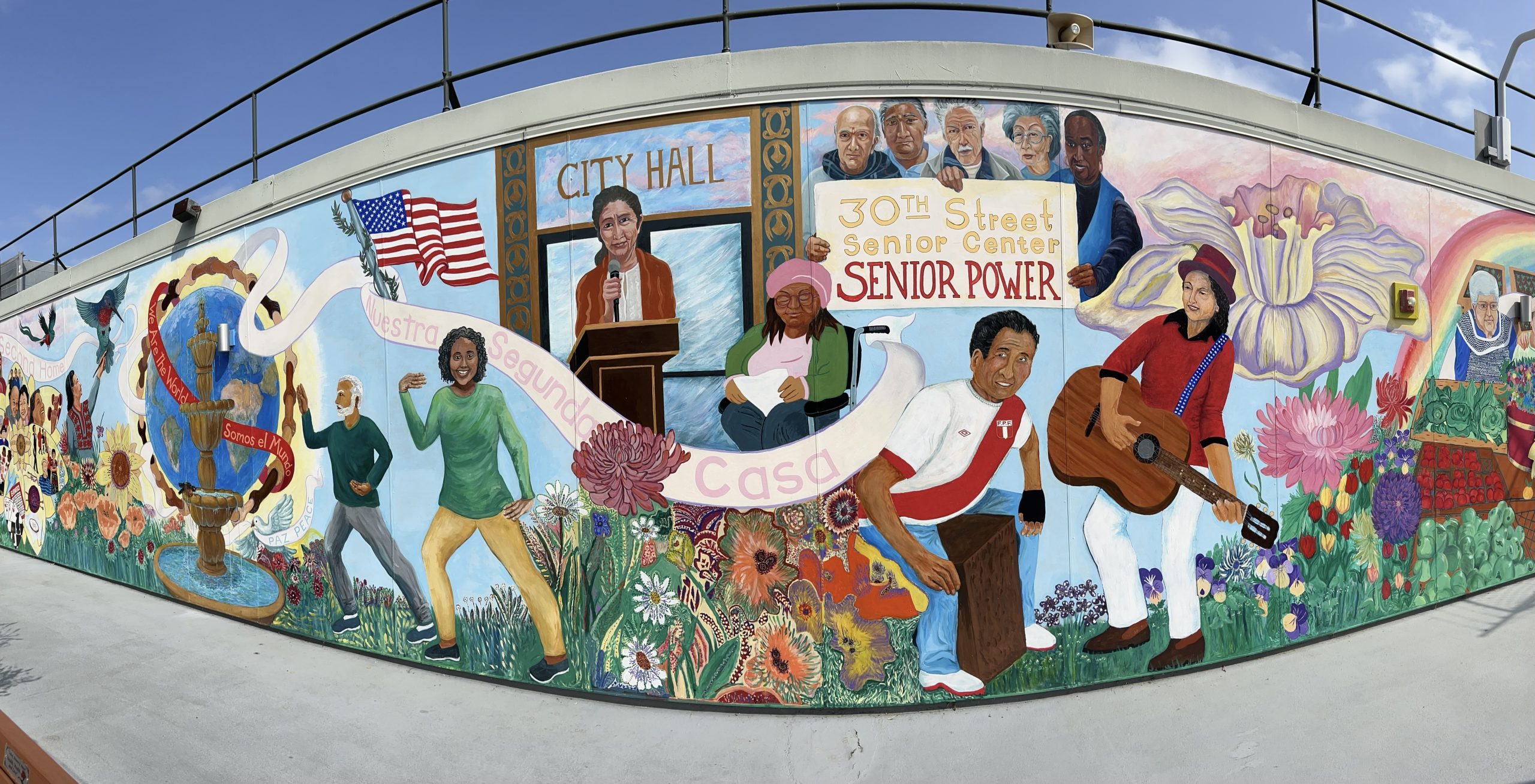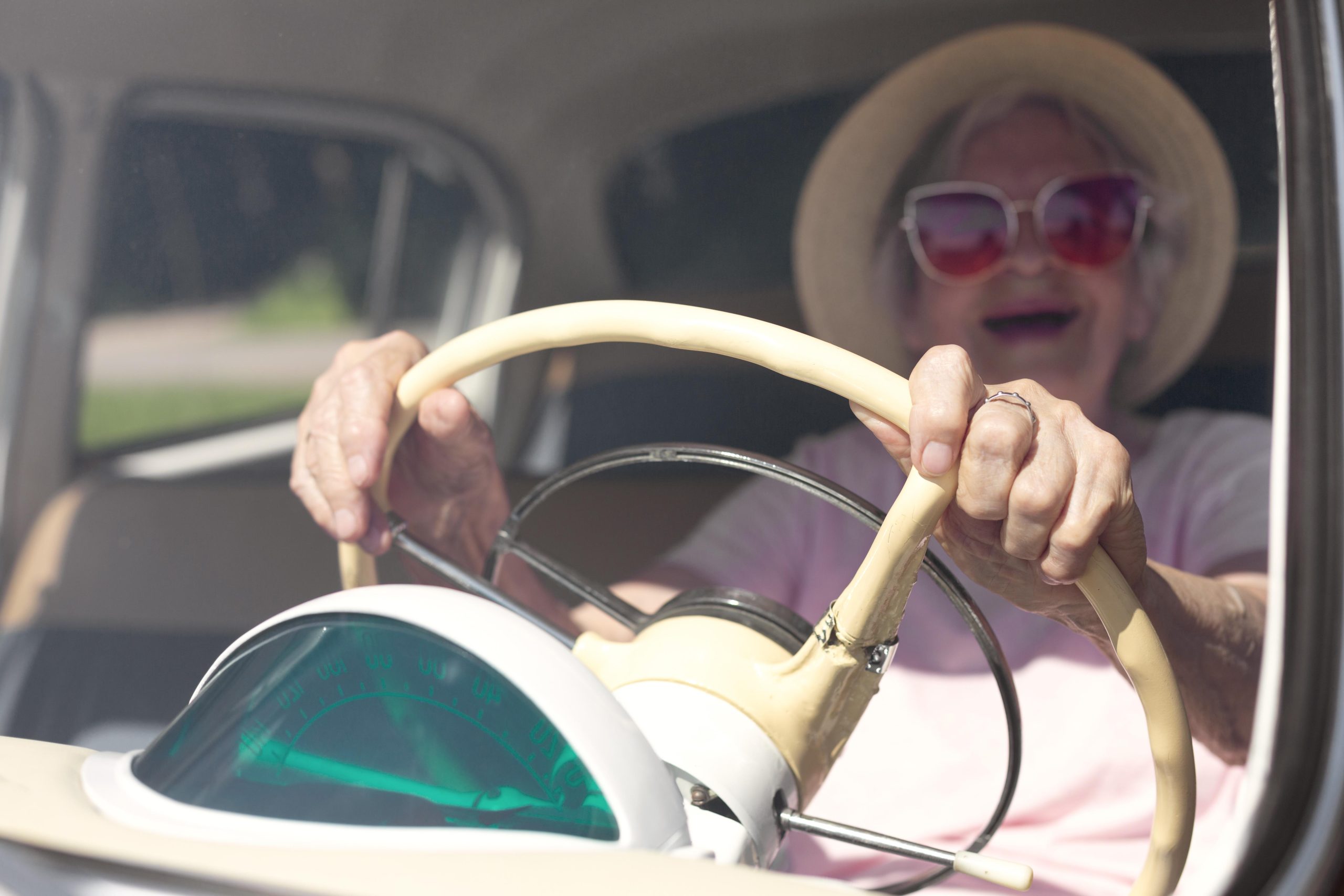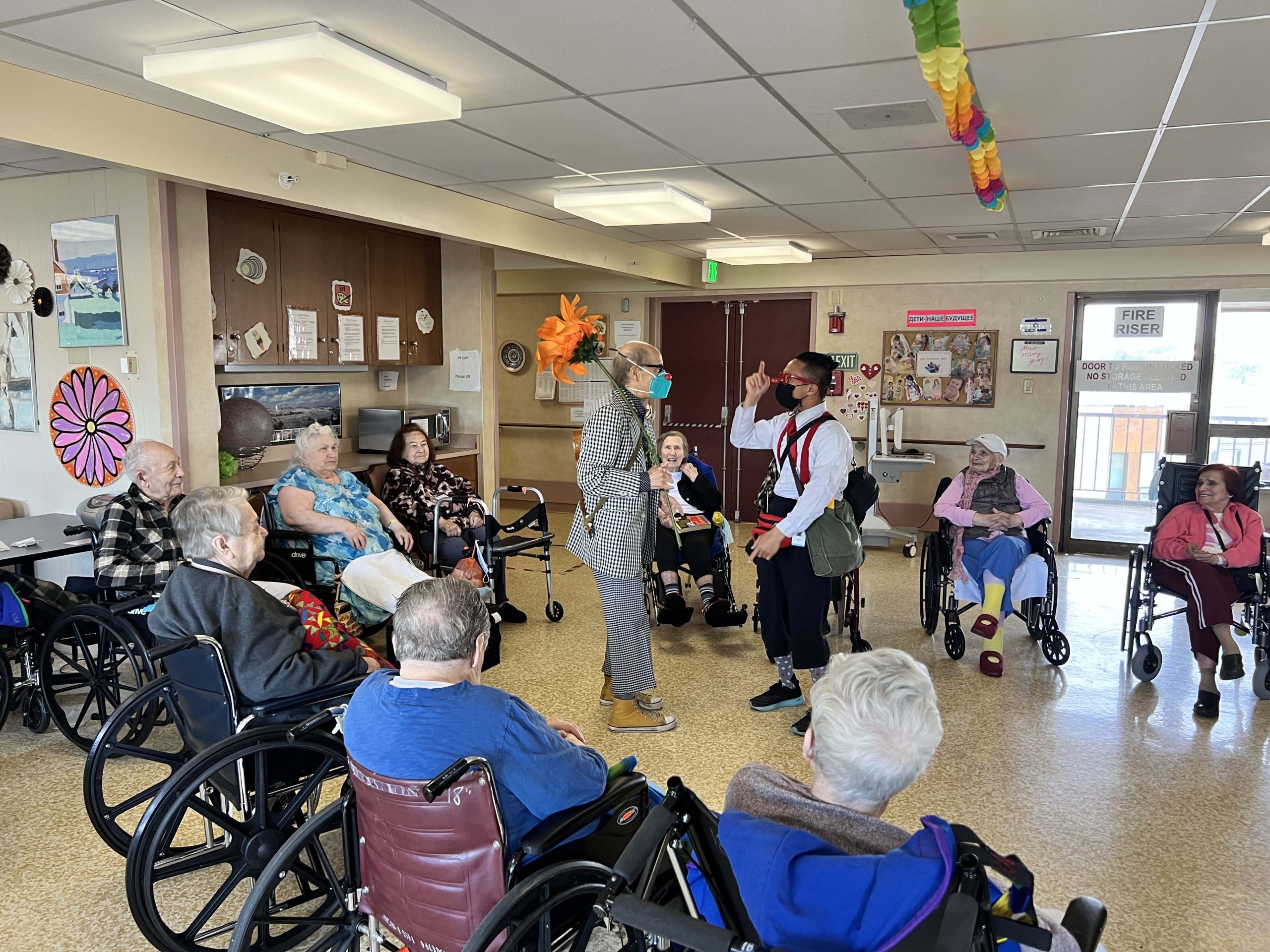Summers of Love and a once unlikely relationship: Couple bonded over rhythm & blues and music nightlife
When a black man asked her out in San Francisco in 1960, interracial dating just wasn’t being done and Marty Harper was no pioneer. But as the ’60s rolled on, things were being done that hadn’t been before.
Young people were bucking the establishment’s war, work and cultural ethics. The Civil Rights movement spotlighted racial discrimination. Rock and folk music were bringing people together. Harper, too, was meeting new and diverse people in the “hippie” culture, through hangouts like Vesuvio’s in North Beach.
She met David Harper in 1969, just two years past San Francisco’s iconic “Summer of Love.” A friend introduced them at Winterland, a concert hall Bill Graham had just moved to because the Fillmore couldn’t hold the crowds that came to see some of rock’s most famous acts – The Rolling Stones, The Jefferson Airplane, Janis Joplin and The Grateful Dead.
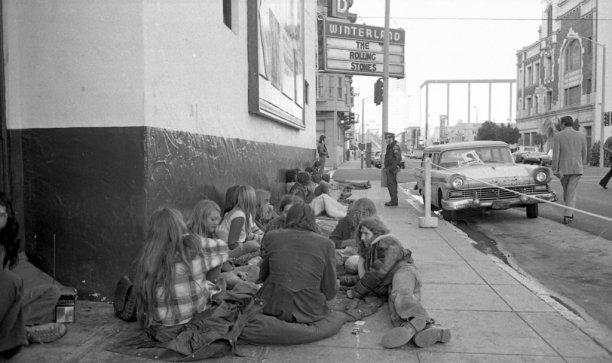
Harper was 10 years her junior and a musician. She was smitten, she said. Five years later, they married. It was a partnership that lasted for 29 years until he died, said Harper, now 83.
But being an interracial couple in the early 1970s had its difficulties. “We didn’t have much trouble in San Francisco because our friends were hippies and musicians,” she said, “but on the street we would get glares from black women and white men, and some Italian restaurants wouldn’t wait on us.”
When they moved to Los Angeles, discrimination was blatant, she said. “Police would stop us and ask if I was OK, like I was being kidnapped. “If we were in a white part of town, I did the shopping, and he did it in a black part of town.”
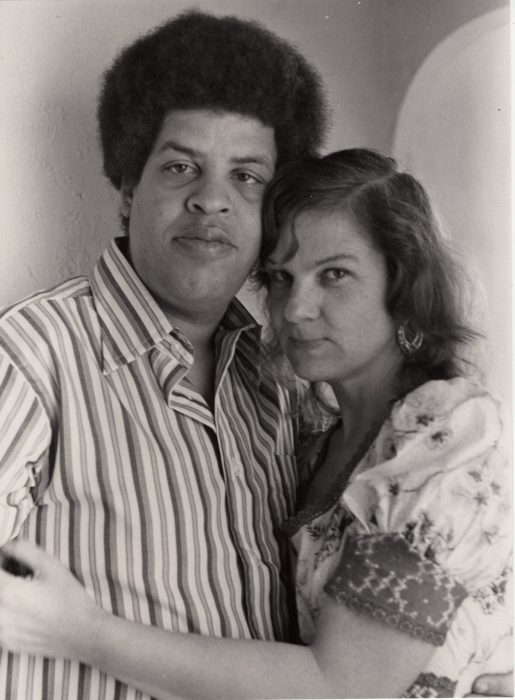
Harper first arrived in San Francisco in 1959, a single woman on a road trip from Elmira, N.Y, with a Skidmore College friend. Both were teaching and dissatisfied. They wanted to start a new life. “I’m most proud of the fact that I drove a car I had only driven four times, leading my friend driving her car, and making it to California.”
Like many young people in that era, they felt the lure of California, Marty in particular by the scenery and the suspense in Hitchcock’s Vertigo.
“I was teaching 4th grade. I loved the children, but I had to get up at six in the morning to do my lesson plan and grade homework after teaching all day,” Harper said. “I was 22 and had to go to bed at eight. That wasn’t the lifestyle I envisioned for myself.”
An exciting lifestyle at last
She looked for teaching jobs in San Francisco, but in 1959 there were none to be had. Needing immediate employment, she found openings for stewardesses at Transworld Airlines. “They told my friend she was too tall – and I was too wide – to be stewardesses, but they were desperate for help in sales,” Harper said.
So, she started in reservations in the emerging jet travel industry, which was new and exciting and only for the well-to-do. “Women wore suits, hats, gloves and stockings when they traveled,” she said. “It was very glamourous.”
She loved her job. She was discovering a lifestyle that suited. Then she met Harper. Although their musical tastes were formed in different generations – she from a Pat Boone era; her husband, the Beatles – their love of music converged over his rhythm and blues.
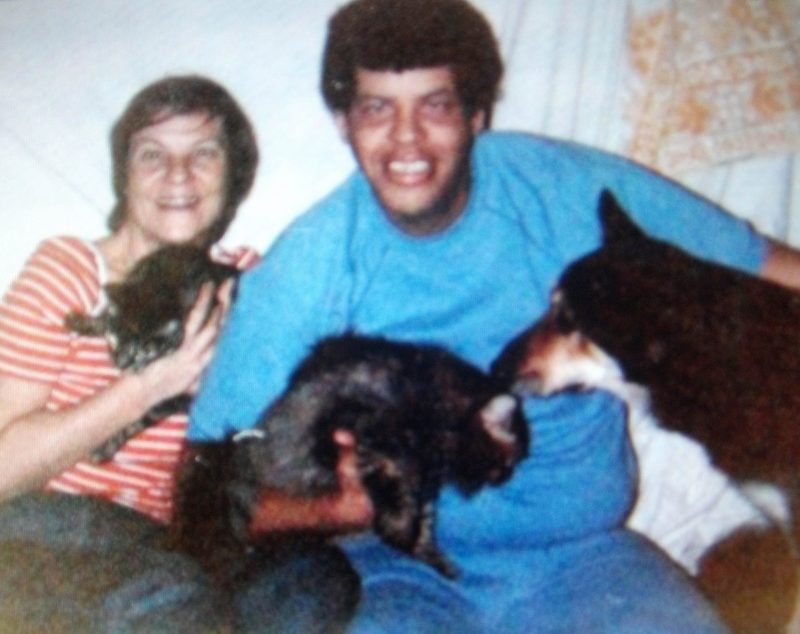
She also loved the musician’s life – late nights, dancing and partying. He played a heavy Hammond B3 electric organ that he had to schlep to gigs in his van. “David’s band played on MARE island every weekend for the servicemen going to Korea, then he might play a Jewish wedding, and then he’d play blues in some dive,” Harper said. “Once he played for the Hell’s Angels and I had to wait in the car.”
She was able to go to many of her husband’s gigs because she was a night owl and her shifts at TWA ended in the evening. “I’d go right from my job to the venue where David was playing.” Thanks to employee discounts, she enjoyed extensive travel with her husband and friends. “I flew first class to London for $50, and we always got discounts on the hotels.”
They also went camping, fishing and swimming. “I loved gardening, doing photography and tie-dying. We protested the Vietnam War. We would smoke a joint and go to rock concerts,” Harper said.
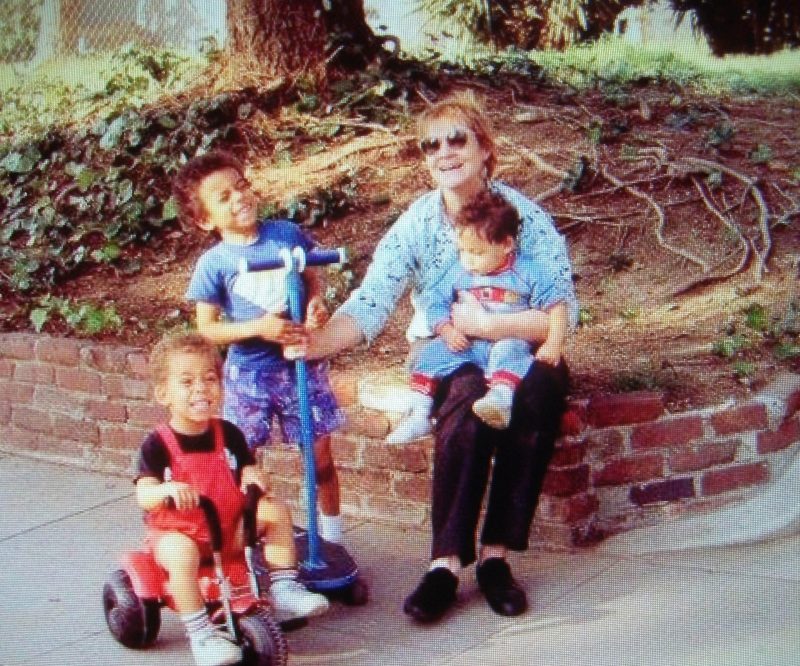
Harper’s lifestyle was certainly different than her mother’s. “She depended on my father to drive her everywhere, and she had to account for the allowance he gave her,” she said.
Her mother had been born in Argentina and when her wealthy grandfather died, she had to go to work. “Fortunately, she worked for a family that included her in their cultured life,” Harper said. But, “when I saw this woman who could name any opera and the people in it and knew the composer of every symphony, I thought it unfair that all she did was raise three children and starch and iron my father’s shirts.”
Marriage modern style
Harper’s ideas on marriage were decidedly different than those of her mother. She lobbied to go to college to become self-sufficient instead of “marrying a rich boy” as her parents encouraged. She changed her first name, Eunice, to a “boy’s” name, thinking it would help her get her foot in the door for job interviews. As a kid, she added, she’d always hung with the boys because “their interests were more exciting.”
In her own marriage, she made sure she was on equal footing. “Since I was the major wage earner, I was entitled to at least 50 percent of the decision making, and that’s how it was,” Harper said. And it was her solid employment history that helped them secure apartments.
Harper lived in Los Angeles for 10 years until her husband started having problems due to an enlarged heart. “We came back to San Francisco in 1990, so his father could take care of him while I worked.”
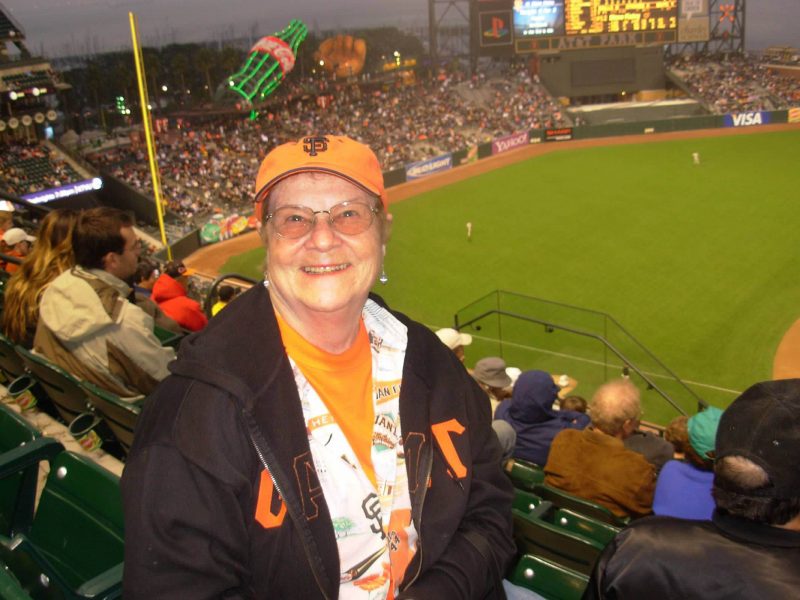
At 55, Harper got a job working for Peck Judah Travel in San Francisco, a husband and wife agency specializing in international group tours. “The husband didn’t want to hire me, but his wife argued that because of my age I wouldn’t be jack-rabbiting around jobs, and I knew everything about the airline industry,” Harper said. “The wife won.”
‘You always feel better with people’
After the owners were killed in an airplane crash, Harper found herself at 68 “with lots of energy and very bored.” Her husband and mother had died, and she needed something to do. “A friend of a friend was hiring proctors for exams for disabled law students at Golden Gate University,” Harper said, “and that was perfect for me for a part-time job.”
Even with work, Harper’s nature requires copious activity. She’s a huge Giants fan. She has ACT season tickets, is a member of a cinema club, and takes all kinds of classes: art, brain fitness, memoir writing. She attends senior programs at Calvary Presbyterian Church and is an unpaid volunteer in studies on memory at the University of California-San Francisco.
Staying busy is the key to successful aging, she said, and advised people to get out if you can: “You always feel better with people.”
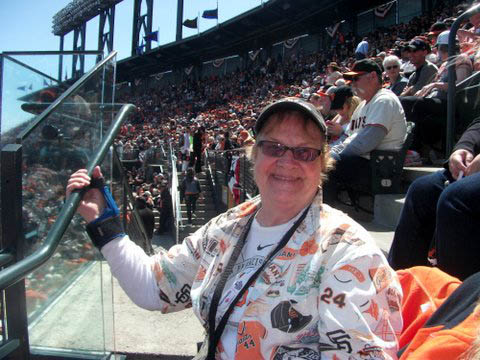
And there are always ways to stay in touch when you can’t. “I can’t go to baseball games anymore because of the steps with no handrail, but during the season I watch three hours of baseball almost every day on television.”



